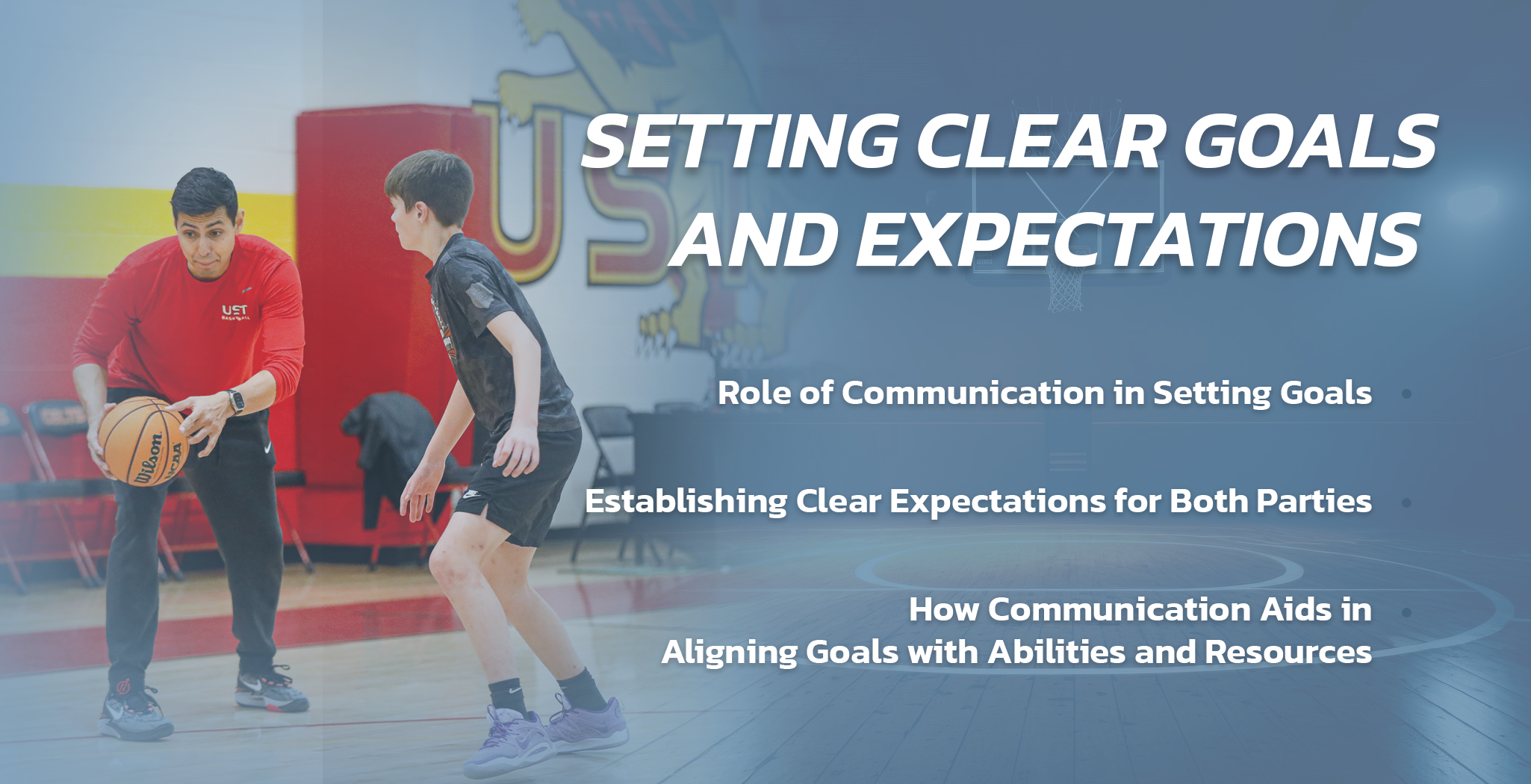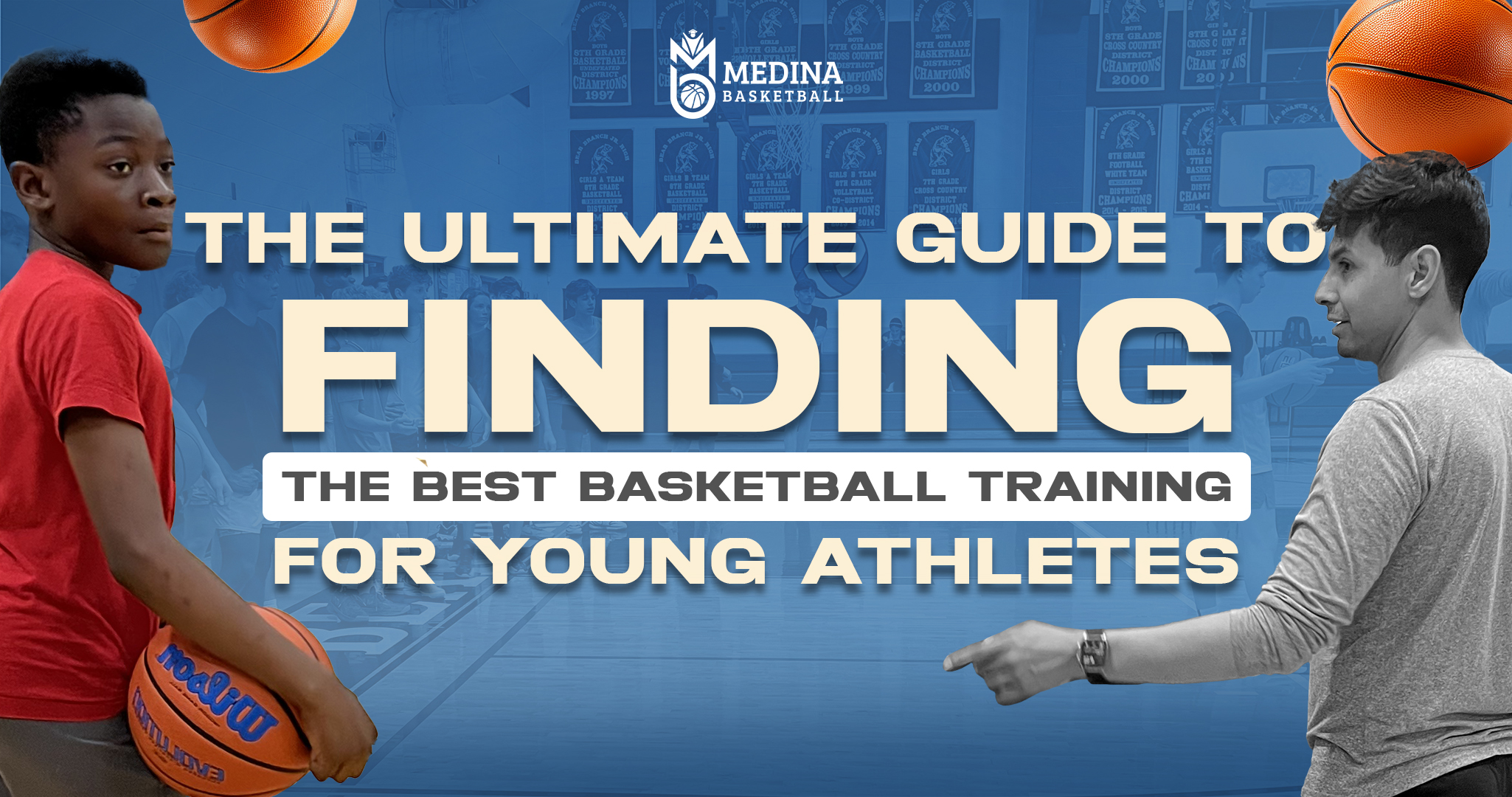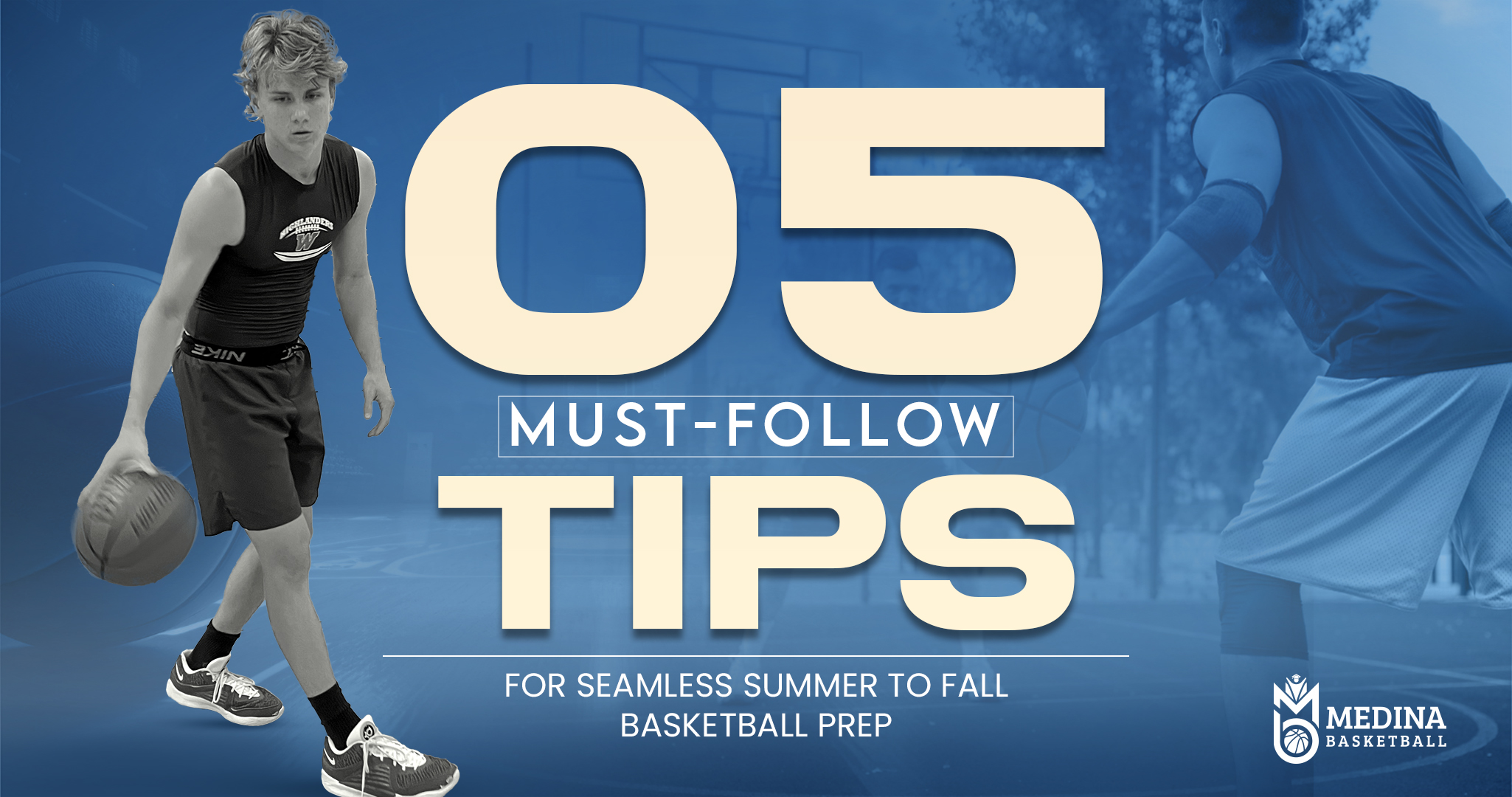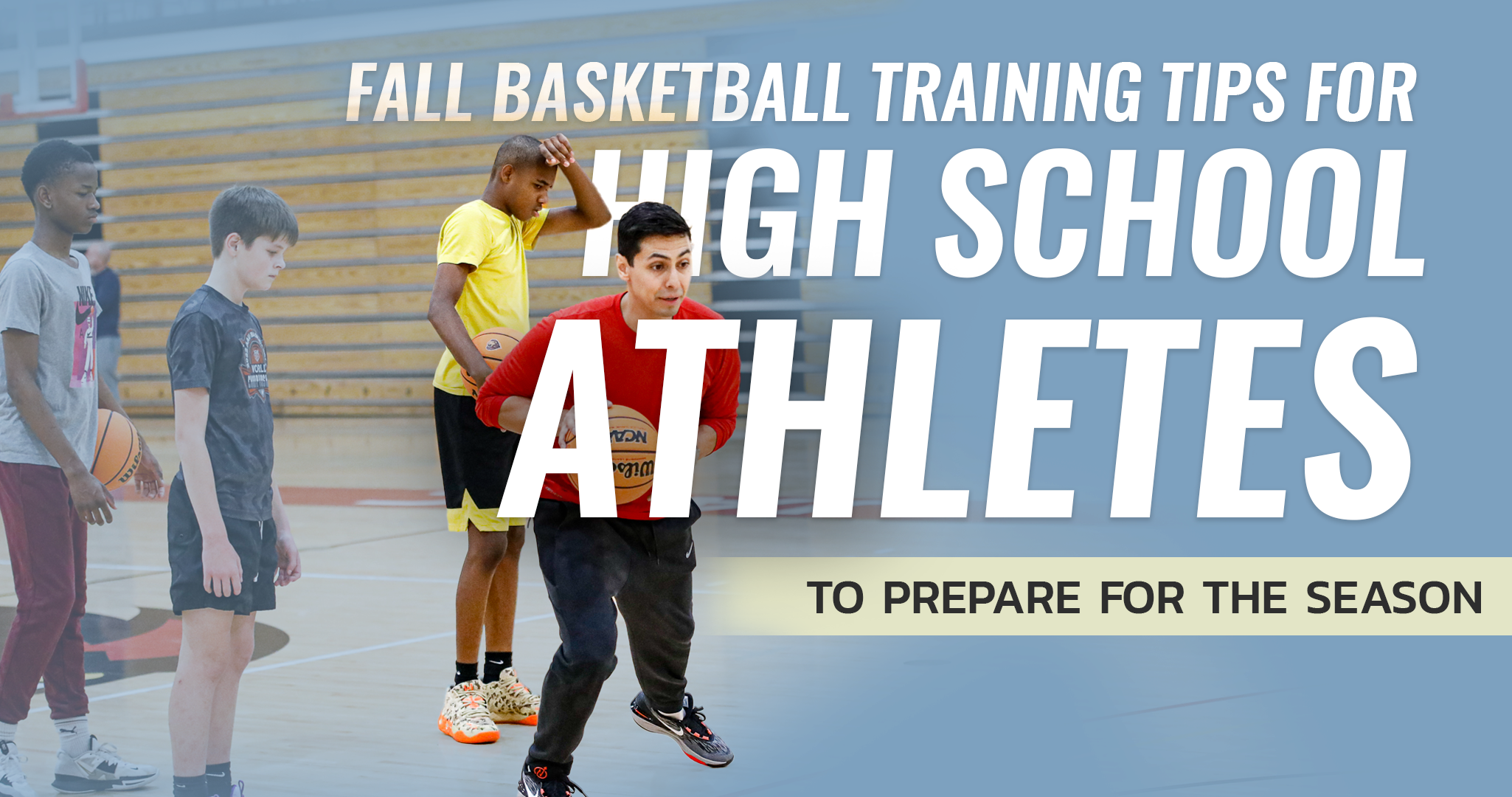Picture this: the buzzer sounds, the crowd roars, and you're on the court, ready to…
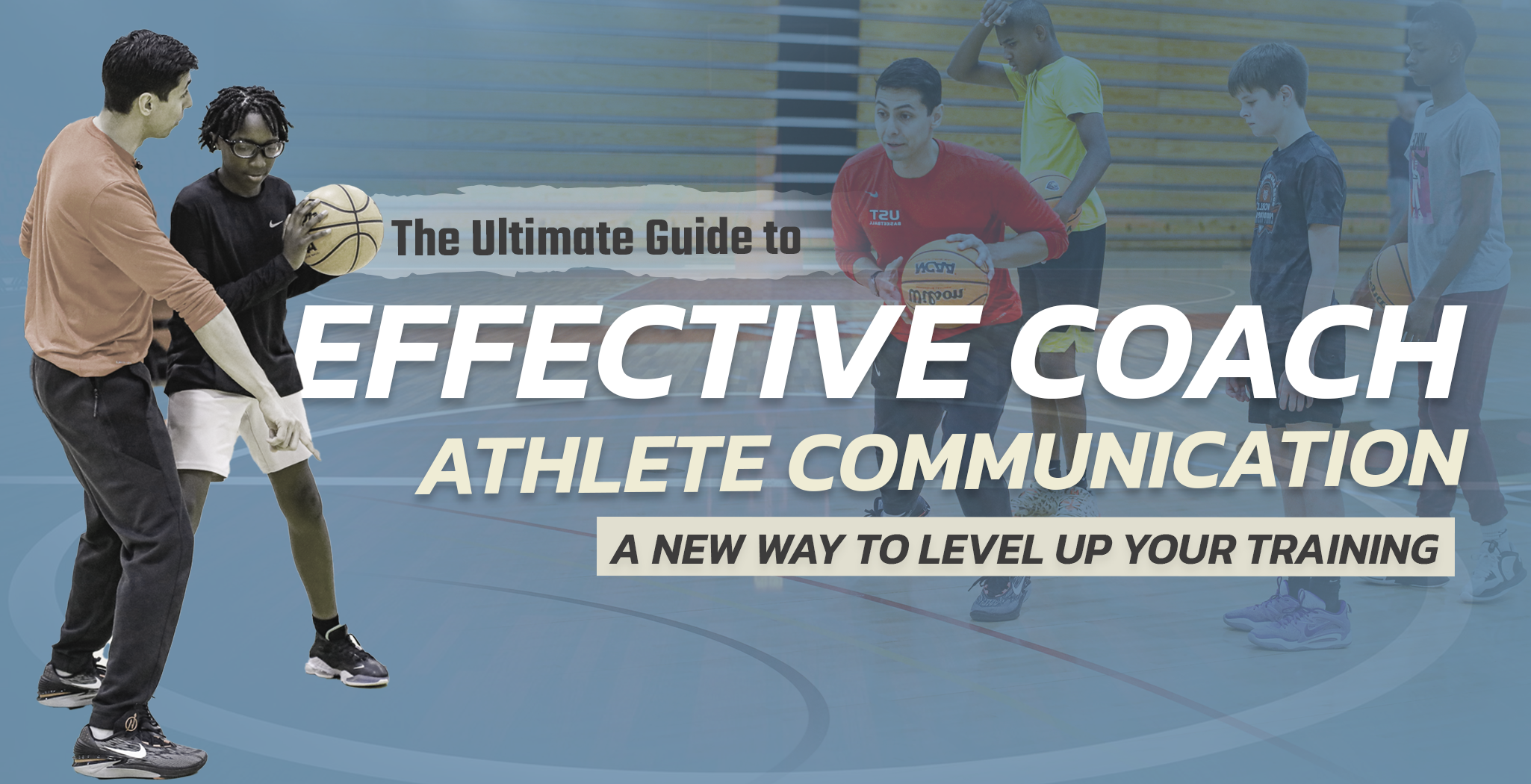
Think about a marathon runner navigating a treacherous course, a basketball team orchestrating a last-minute play, or a gymnast preparing for a flawless routine. In each scenario, the athlete’s prowess is undeniable, but behind every triumph lies a less heralded hero—the coach. Yet, in the cacophony of cheers and the intensity of competition, the linchpin of this coach-athlete relationship often gets drowned out: communication. It’s the invisible thread that weaves through every aspect of training, competition, and personal growth.
Definition of Coaching:
Coaching isn’t just about winning games or achieving goals—it’s about transformation. Think of it as a dynamic partnership between a guide and a seeker, where the journey is as important as the destination. In sports, a coach isn’t just a strategist; they’re mentors who mold character, resilience, and leadership. They’re the ones who turn potential into performance, instilling values like teamwork and self-belief along the way.
So, whether you’re dribbling a ball or tackling life’s hurdles, remember: coaching isn’t just about the game; it’s about the journey of becoming your best self, with a trusted ally by your side.
Building Trust and Understanding
Trust is the bedrock upon which successful coach-athlete relationships are built. It’s the invisible force that fosters camaraderie, confidence, and collaboration. Without trust, even the most meticulously crafted game plan can crumble under the weight of doubt and uncertainty.
- Importance of Trust in the Coach-Athlete Relationship: Trust is the currency of the coach-athlete relationship. It’s what allows athletes to surrender themselves to the guidance of their coach, knowing that their best interests are always at heart. When athletes trust their coach, they’re more willing to push their limits, take risks, and embrace challenges with unwavering determination.
- Communication as the Foundation of Trust: Communication acts as the mortar that binds trust together. It’s not just about conveying instructions or feedback; it’s about fostering open, honest dialogue that cultivates mutual respect and understanding. When coaches and athletes communicate effectively, they create a safe space where ideas can flourish, concerns can be addressed, and relationships can thrive.
- How Understanding Each Other’s Perspectives Enhances Performance: Understanding breeds empathy, and empathy breeds trust. When coaches and athletes take the time to see things from each other’s perspective, it creates a sense of unity and solidarity that transcends the boundaries of the playing field. By understanding the unique challenges, fears, and aspirations of their athletes, coaches can tailor their approach to maximize performance and foster a sense of belonging.
In essence, building trust and understanding isn’t just about winning games—it’s about creating a culture of respect, empathy, and collaboration that empowers athletes to reach new heights both on and off the field. It’s about recognizing that behind every successful team is a bond forged in trust, communication, and mutual respect.
Setting Clear Goals and Expectation
Setting clear goals and expectations lays the groundwork for success in any coach-athlete relationship. It’s the roadmap that guides training sessions, competitions, and personal development. Without clarity in goals and expectations, both coaches and athletes may find themselves wandering, lacking direction and motivation.
- Role of Communication in Setting Goals: Communication serves as the compass that steers the ship toward its destination. When coaches and athletes communicate effectively, they can collaboratively define goals that are ambitious yet achievable. Through open dialogue, coaches can gain insight into athletes’ strengths, weaknesses, and aspirations, allowing them to tailor goals that challenge and inspire. Likewise, athletes can express their desires and concerns, ensuring that goals are relevant and meaningful to their growth and development.
- Establishing Clear Expectations for Both Parties: Clarity breeds accountability. By establishing clear expectations for both coaches and athletes, the foundation for a productive and harmonious relationship is laid. Coaches must communicate their coaching philosophy, training methodology, and performance expectations, while athletes must understand their responsibilities in terms of attendance, effort, and attitude. When expectations are transparent and mutually agreed upon, it creates a sense of ownership and commitment that fuels motivation and drives progress.
- How Communication Aids in Aligning Goals with Abilities and Resources: Effective communication bridges the gap between aspirations and reality. Coaches and athletes must work together to align goals with abilities and resources, ensuring that they are both challenging and realistic. Through ongoing dialogue, coaches can assess athletes’ progress, adjust goals as needed, and provide the necessary support and resources to facilitate success. By keeping the lines of communication open, coaches and athletes can navigate obstacles, seize opportunities, and ultimately, achieve their shared vision of success.
Related: Youth Basketball Coaching Strategies and Techniques
Overcoming Challenges and Obstacles
In the journey towards success, challenges and obstacles are inevitable. Yet, it’s not the presence of these hurdles that defines a team or athlete, but rather how they navigate and overcome them. In this section, we delve into the crucial role of communication in overcoming challenges and turning setbacks into opportunities for growth.
- Addressing Conflicts Through Open Communication: Conflict is a natural byproduct of any relationship, including the coach-athlete dynamic. However, what separates healthy conflict from detrimental discord is how it’s addressed. Open communication serves as the antidote to conflict, providing a platform for both parties to express their concerns, perspectives, and grievances constructively. By fostering a culture of openness and transparency, coaches and athletes can navigate conflicts collaboratively, finding resolutions that strengthen rather than strain their relationship.
- Dealing with Setbacks and Failures Together: Setbacks and failures are not signs of weakness but opportunities for resilience. When faced with adversity, coaches and athletes must stand shoulder to shoulder, ready to weather the storm together. Communication plays a pivotal role in this process, serving as a lifeline that keeps morale afloat and spirits high. By acknowledging setbacks openly, discussing lessons learned, and reaffirming their commitment to each other, coaches and athletes can emerge from failure stronger, wiser, and more determined than ever.
- Communication as a Tool for Problem-Solving and Resilience-Building: In times of crisis, effective communication becomes a beacon of hope. It’s not just about airing grievances or venting frustrations—it’s about coming together as a team to find solutions and chart a path forward. By fostering a culture of problem-solving and resilience-building, coaches and athletes can transform challenges into opportunities for growth. Through open dialogue, brainstorming sessions, and collective decision-making, they can harness their collective strengths and talents to overcome even the most formidable obstacles.
In the world of sports, where every stride, every swing, and every leap carries the weight of ambition and aspiration, communication emerges as the unsung hero, the silent architect of greatness. It’s the secret ingredient that turns sweat into success, dreams into reality, and individuals into champions. So, as you lace up your shoes for your next practice, or stand poised at the starting line of your next race, remember this: your coach isn’t just a mentor; they’re your ally, your confidant, and your greatest advocate. And in the language of communication lies the power to unlock your full potential, to overcome every obstacle, and to write your own story of victory. Embrace the dialogue, cherish the connection, and let communication be your guiding light on the path to greatness. For in the dance between coach and athlete, it’s not just about the destination—it’s about the exhilarating journey of growth, discovery, and triumph that awaits when words become more than just sounds, but the catalyst for greatness.
